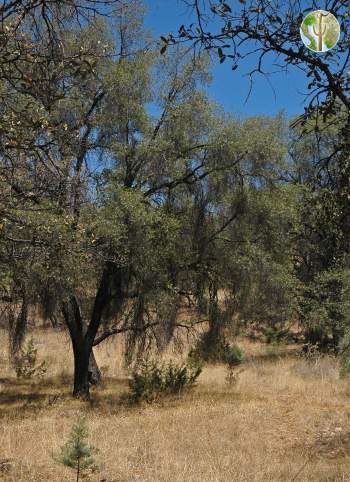Northern Distributional Limits Of The Mexican Willow Oak (Quercus Viminea) In Arizona, Sonora, And Chihuahua
Observations of the Sierra Madrean oak Quercus viminea in ten Sky Island mountain ranges 15 to 85 km south of the Arizona and New Mexico border in Sonora and Chihuahua help define the northern and western limits of its distribution. We also discovered it in the Patagonia Mountains of southern Arizona as far north as 15.3 km from Sonora. It is sympatric with the closely related Q. emoryi, with which it introgresses.

